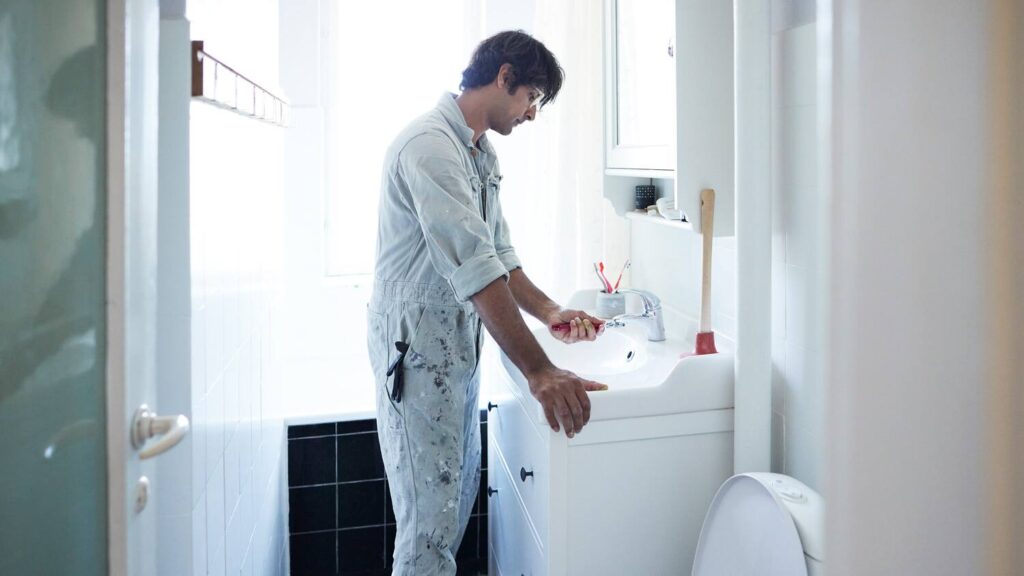Tips For Planning Your Plumbing When Building A New Home
Plumbing installations can be tricky to plan. Without proper planning, you could have headaches later on. Here are some tips to consider when planning your plumbing. Firstly, make sure you have adequate storage space. Also, consider installing a sump pump or a water shut-off valve.
Consider a shared wet wall
Using a shared wet wall can reduce the number of plumbing components on the same wall, reducing both materials and labor costs. Additionally, it makes plumbing maintenance and repair easier. Choosing this option is especially helpful when building a kitchen or bathroom. Here are a few reasons why you should use this type of wall:
A wet wall is a structural wall designed to house plumbing pipes. Traditionally, plumbing fixtures are run through walls. By consolidating these plumbing components into a single wet wall, you can cut down on building costs and save money in the future. It’s also easier to perform plumbing repairs if you’re using shared plumbing, so it’s a great idea to plan for it when building a new home. You can count on the Plumbers Highfields team for all plumbing needs you have.
Consider installing a sump pump in the basement
If you have a basement that is susceptible to flooding, you should consider installing a sump pump to keep the area dry. To do this, you should drill a hole at the lowest level of your basement. You should make sure that the hole is wide enough to allow the sump pump to fit inside. The hole should be large enough for the pump’s basin and the top edge should be flush with the level of the floor.
Sump pumps can prevent structural damage from occurring in the basement. Before you put the pump in place, you should have it checked by a home inspector. This is so the home inspector can check for any previous water damage in the basement.

Consider installing a water shut-off valve in the basement
When building a new home, it is important to know where the main water shut-off valve is located. Usually, it is near the front foundation wall. Basements with water heaters or crawl spaces also have shut-off valves. In these cases, installing a secondary basement shut-off valve may make access to the main valve easier.
If you have a slab-on-grade home, the water shutoff valve is located near the kitchen sink or water heater. The inspector will list the main water shut-off valve on the inspection report. In addition, there are often small shut-off valves in sink cabinets, which you can turn counterclockwise to stop water flow. Toilets also have a shut-off valve on the wall behind the throne.
Water damage can cost you a lot of money. The average cost to repair a water-damaged home is $2,400, but if the damage is extensive, it could be double that. Knowing where the water shut-off valve is can help prevent the problem before it even happens.
Consider installing a shared wet wall in the basement
If you are planning to add a bathroom to the basement of your home, you will have to install new water and drainage lines. You will also need to make electrical connections. Additionally, you will have to secure a building permit for your project. This is important because it ensures that your project will meet all local building codes and regulations. Without a permit, local inspectors may halt your work and fine you.
Plan for a shared wet wall in the basement
Building a shared wet wall is a great way to reduce costs and increase efficiency. It also makes plumbing maintenance and repairs easier. Consider all rooms that will have access to water. This includes the kitchen and laundry areas. Make sure to plan for a shared wet wall.